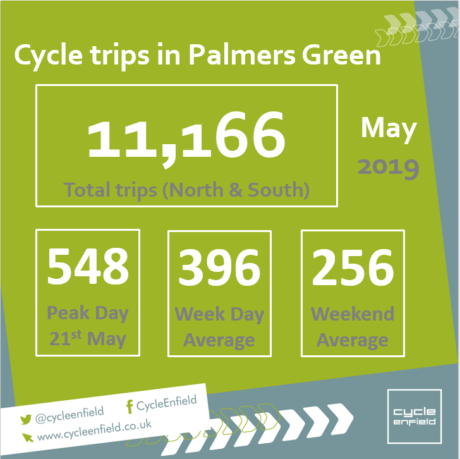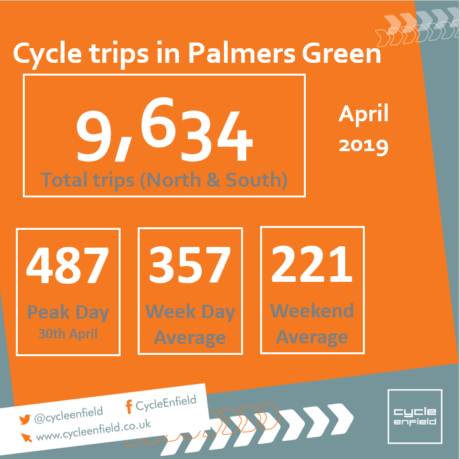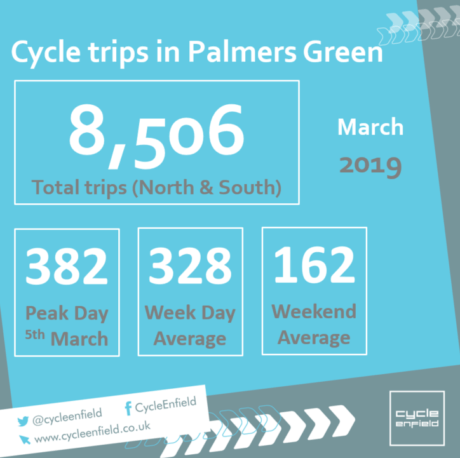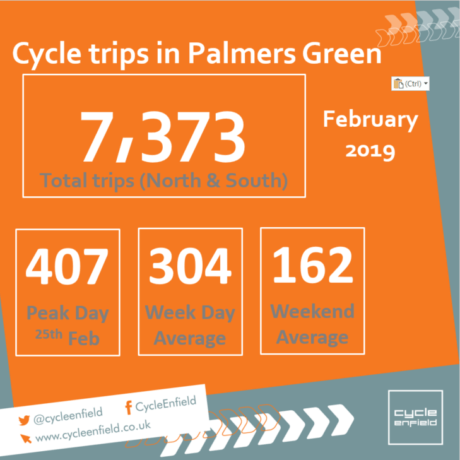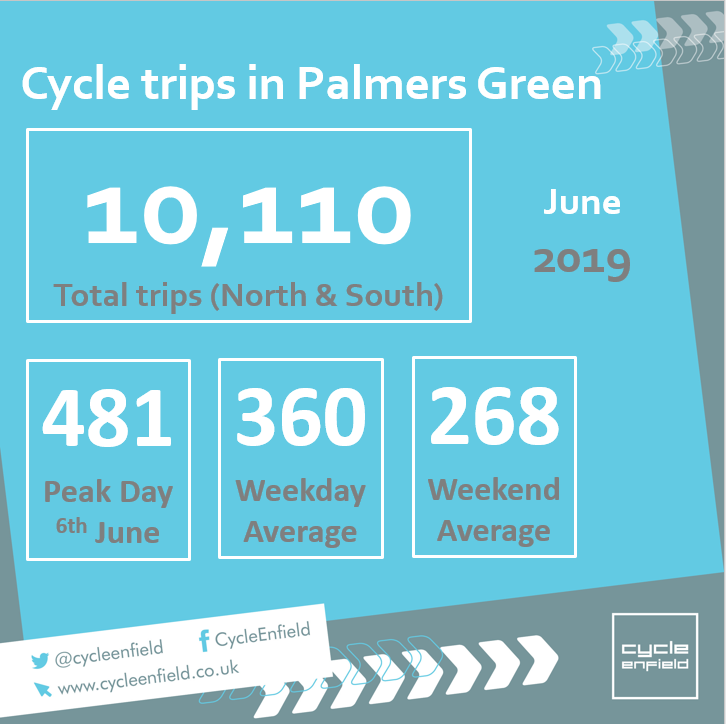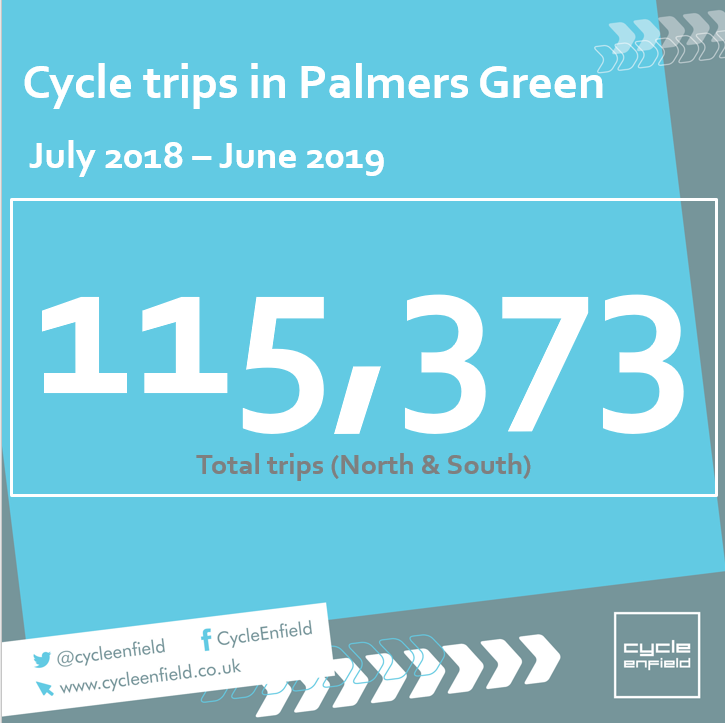Michael Hobbs wrote:
Is there any baseline data from the preceding years? Any rational capital investment of this magnitude would baseline the usage and look at the rate of increase over a number of years.
The investment is perfectly justified and would be even if there had been a zero per cent increase in cycling along the route.
Two years ago all people cycling along Green Lanes were at an unacceptably high risk of serious injury or death. Now several hundred users of the bike lanes are safer and less stressed. These are people who have chosen the most benign method of transport and who have been comprehensively ignored for many decades. During that time many thousands of cyclists have been killed by drivers who did not take sufficient care or because of road designs that ignored their safety. It is shameful that UK national and local governments have ignored this scandal for so long and I am very pleased to see a change in attitude. It is a simple matter of justice. There is no need to bring cost/benefit analysis into the picture - it is the resort of those who know the price of everything and the value of nothing.
In terms of total money spent on road, the amount spent on cycling infrastructure is absolutely negligible - I don't have any figures to hand, but suspect that it over the last twenty years it will be less than 1 per cent.
This excerpt from a
recent newspaper article
makes the point:
As Chris Boardman, the cycle campaigner turned cycle tsar for Greater Manchester,
noted last month
, his planned revamp of the region would cost £1.5bn and would deliver 1,800 miles of safer cycling. That might sound a lot, he said, until you remember that the government has agreed to spend £1.4bn
improving a single roundabout
in Bedfordshire. So yes, by transport standards, cycling is an absolute bargain.
In any case, cyclists pay for the roads, not just drivers - we all pay out of taxes. On top of that, many cyclists also drive cars, so they too pay the same amount of duty as other drivers. Children don't pay, obviously, but their parents do. And the drivers don't pay their fair share of the "externalities" - the knock-on cost to government of car driving, such as the costs of accidents to the police and health service.
